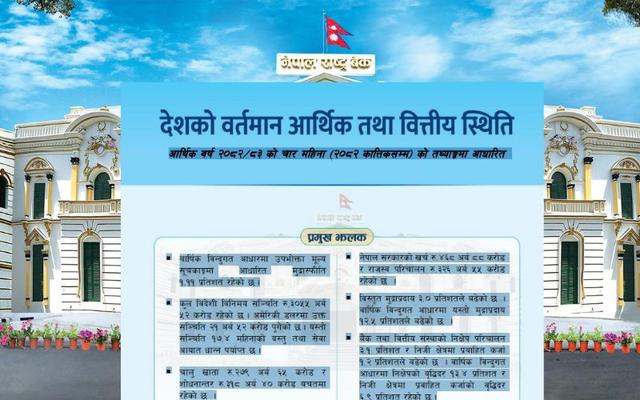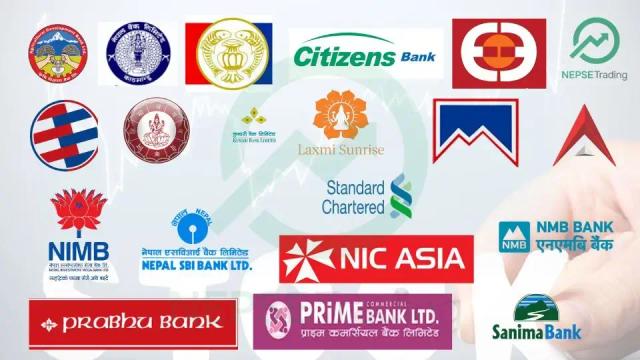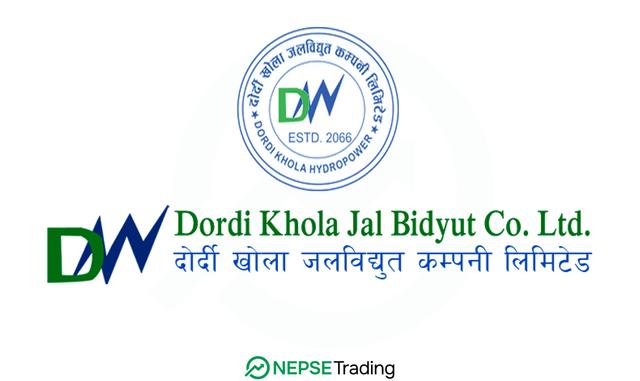Indication of Share Market-Friendly Policy; Investor Attraction in Microfinance Sector
Author
NEPSE trading

The Nepali stock market continued its green streak for the third consecutive day. The NEPSE index climbed by 28.91 points, closing at 2,660.39. After establishing strong support around the 2600 level in recent days, the index has been gradually recovering, boosting investor confidence.
Following the correction, many stocks have become relatively undervalued, drawing attention from investors. With the market regaining momentum post-Asar (mid-June), both long-term investors and short-term traders are increasingly active.
Although the liquidity in banks remained high and interest rates continued to decline, the market initially didn’t respond positively. However, investors now believe these monetary indicators are beginning to influence the market. Many analysts opine that the bearish trend is ending, with bullish signals emerging.
According to market analysts, the Nepal Rastra Bank is preparing the upcoming monetary policy, and expectations of a market-friendly stance have created positive sentiment. Particularly, the momentum in the microfinance sector is believed to have added strength to the market.
Turnover has also risen significantly. On Monday, the market witnessed a turnover of NPR 6.38 billion, which increased to NPR 7.03 billion on Tuesday—one of the highest in recent weeks—indicating rising participation and confidence.
Out of 13 sub-indices, 11 closed in the green. The Investment sub-index led the surge with a 2.38% rise. Microfinance gained over 2%, while Banking, Development Bank, Hydropower, Life Insurance, and Non-life Insurance all increased by over 1%. Meanwhile, the Manufacturing and Trading sub-indices showed slight declines. Samudayik Laghubitta Bittiya Sanstha and Ngadi Group Power saw their prices rise by 9.87%, Barun Hydropower by 8.5%, and Rapti Hydro & General Construction by over 8%. In contrast, Unilever Nepal dropped by 2.13%.
In terms of transaction volume, NRN Infrastructure & Development topped the list with over NPR 461.6 million in trades, followed by Radhi Bidyut Company with more than NPR 455 million. Butwal Power Company also recorded trades worth around NPR 260 million. Overall, this continuous growth has injected new energy into the market. Now, all eyes are on the upcoming monetary policy, which could push the market to new heights—provided it favors the capital market. However, cautious and well-informed investing remains essential due to inherent market volatility.
Technical Analysis

The NEPSE index reached a crucial technical point on Asar 16 (July 1). The spinning top candle formed on the previous session was validated by a strong bullish candle today, closing above both the mid-Bollinger band (20MA) and the 50-day moving average. This confirms buying pressure and sets a technical foundation for further upward movement.
The chart indicates that the index attempted a breakout from the descending triangle pattern and the long-term downtrend line from above. If this breakout sustains, it could trigger a strong bullish trend. Notably, the lower support line of the triangle near the 2600 mark had acted as a base for a long time. Breaking above it adds bullish technical momentum.
Although the MACD is still below the zero line, a bullish crossover is imminent. RSI has crossed 50 and is gradually bouncing upward, signaling strength. A move toward the 60–70 zone on the RSI would confirm a strong uptrend.
Trading volume slightly increased compared to the previous day, confirming continued buying pressure. Interestingly, the buy/sell activity of the top 10 brokers remained balanced, indicating active institutional participation.
The hydropower sector’s turnover share dropped by 4% to 54% compared to the previous day, while investment, microfinance, and development bank sectors gained more traction—suggesting a sectoral rotation by investors. However, despite a 29-point gain, the trading and manufacturing sub-indices showed losses, implying that not all sectors are contributing equally to the rally—giving mixed signals for technical analysts.
In the final 15 minutes of trading, the index dropped by more than 2 points, showing some late-session selling pressure.
Broker Analysis

Broker no. 58 led the market with a total turnover of NPR 874.9 million, holding a 12.44% share of total trades. This broker purchased shares worth NPR 495 million and sold shares worth NPR 379.8 million.
Broker no. 34 came in second with NPR 551.8 million in trades, showing a slightly stronger selling position (buy/sell ratio: 0.92). Broker no. 39 traded NPR 472.1 million with a balanced buy/sell ratio of 1.03.
Broker 42 executed NPR 448.9 million in trades but had a net selling position, with 54.64% in sales and 45.36% in buys, resulting in a buy/sell ratio of 0.83.
The data suggests that buying pressure dominated, particularly through brokers 58, 44, and 49—indicating active participation from institutional investors and large traders, reinforcing the current bullish trend.
Saptakoshi Development Bank was mostly traded through broker 88, which accounted for 33% of its total buying—75,000 shares—and an almost equal amount of selling (73,000 shares), suggesting potential matching transactions. Similarly, NRN was heavily bought (33%, ~73,000 shares) via broker 58. Global IME Bank saw 30% of its buying through broker 28. On the selling side, 34% of Chyangdi Hydro shares were offloaded through broker 47, while 50% of CHDC was bought through broker 39.





